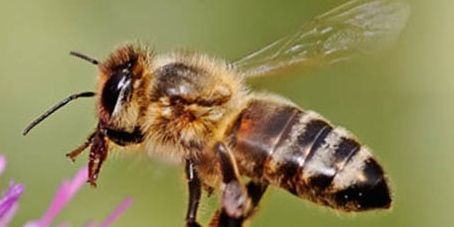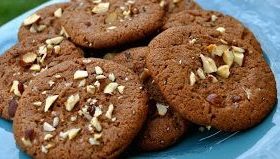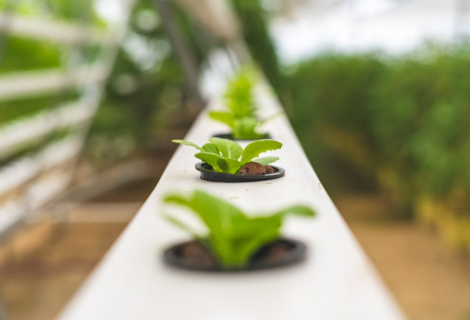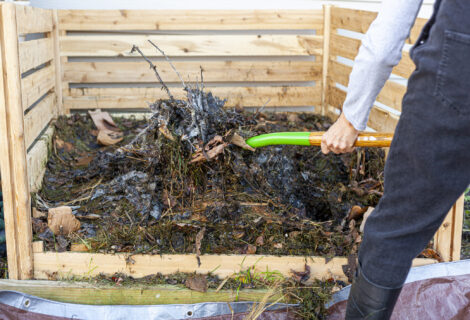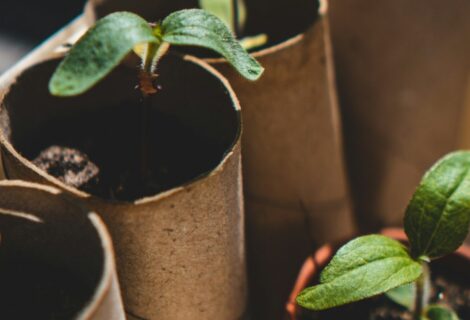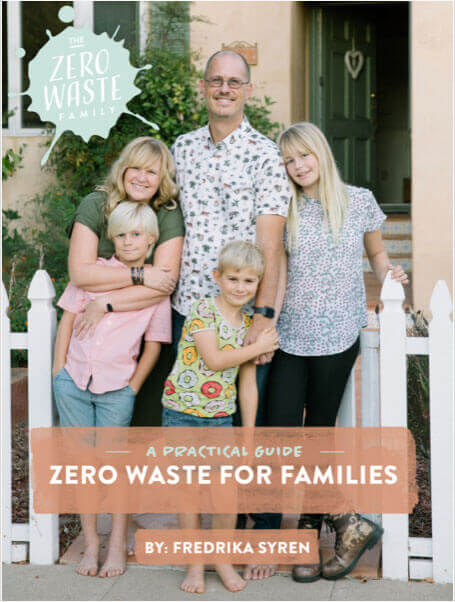In the midst of a snowy winter, I am starting to plan my garden for the summer. I envision flowers, fruits and vegetables at the height of the season, with butterflies and bees floating amongst them. Butterflies, bees and other insects are wonderful helpers in any garden, but the honey bees are crucial to our food supply. I began to wonder what happens to them during the winter season and what I can do to help them survive.
All summer long, you can see bees buzzing amongst the flowers, collecting pollen on their furry backs,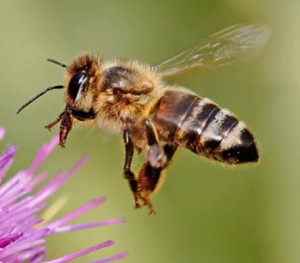 cross pollinating, and creating delicious honey. As temperatures start to fall, most bee colonies start to fade away, leaving only their queen. Honey bees are much different in that they strive all winter long to work together and keep the colony alive.
cross pollinating, and creating delicious honey. As temperatures start to fall, most bee colonies start to fade away, leaving only their queen. Honey bees are much different in that they strive all winter long to work together and keep the colony alive.
The ability to keep the colony alive depends upon the colony’s winter food storage. Honey bees use the calorie-rich honey to give them energy as they huddle together in a ball and flap their wings to create heat for the hive (much like a furnace). At the core of this buzzing ball of energy is the queen. The worker bees maintain a temperature close to 93 degrees there; but the farther away from the core, the cooler the temperature. The bees act as insulation for providing warmth for the colony. Everyone but the queen rotates between the outer insulation layer and the cozy core as they try to conserve energy, maintain warmth, and access food. If they run out of honey, they will not have food to keep warm and will starve to death. How can they maintain their honey supply during winter if there are no flowers and it’s cold? Well, this is where you and I can help.
1- Plant late bloomers for fall: Honey bees have approximately only 60 days to store and ripen honey before temperatures drop. This means they need some flowers in early September. There are several options for each region and country. Some of my favorites are Black-eyed Susans, daisies or asters, mums, and herbs like nettles. These beautifully colored flowers, herbs and plants help the bees to increase their winter food stores which will give them energy to stay warm and survive the winter chill.
2- Plan ahead for spring: As winter continues, food stores diminish, so it’s vital to get more food as soon as possible. I like to plant early spring blooming flowers like tulips, daffodils and irises for color. As an added benefit, when they start to bloom, honey bees have a chance to restock the hive with food and feed the colony as early as possible.
3- Avoid harsh chemicals and pesticides: Industrial agriculture and use of pesticides such as neonicotinoids are factors which have led to the decrease of bee populations. Avoid spraying pesticides on your flowers and plants to decrease the amount of toxins being ingested by bees and leading to colony collapse disorder. When we refrain from using chemicals on our plants, we help ensure healthy and strong winter bees that can live in the hive and help it thrive in the cold.
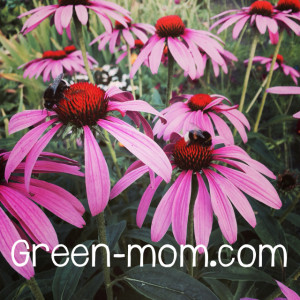 4- Let your garden grow: Refrain from cutting back your plants and mowing your lawn in autumn months. The branches, leaves and sticks block cold winds, and act as shelter for bees and other pollinating insects during winter which can help when the temperature drops.
4- Let your garden grow: Refrain from cutting back your plants and mowing your lawn in autumn months. The branches, leaves and sticks block cold winds, and act as shelter for bees and other pollinating insects during winter which can help when the temperature drops.
Bees and humans are connected, each relying on the other for survival. We need bees to help our food supply thrive. We, in turn, provide them with flowers and plants so they can continue to have an abundant supply of honey, which acts as their life force. When we do what we can to help the bees survive winter, they give us a variety of crops, a fruitful supply of different foods, and sweet golden honey that increases throughout the rest of the year.
For some interesting facts on the life of a honey bee through all seasons:
https://agdev.anr.udel.edu/maarec/honey-bee-biology/
http://westmtnapiary.com/winter_cluster.html
For gardening and late fall plants for bees:
http://gardening.about.com/od/gardendesign/a/FallBloomers.htm
Beekeeping:
www.basicbeekeeping.blogspot.com
Save the Bees:
http://therainforestsite.greatergood.com/clickToGive/trs/petition/SaveEarthsHoneybees


